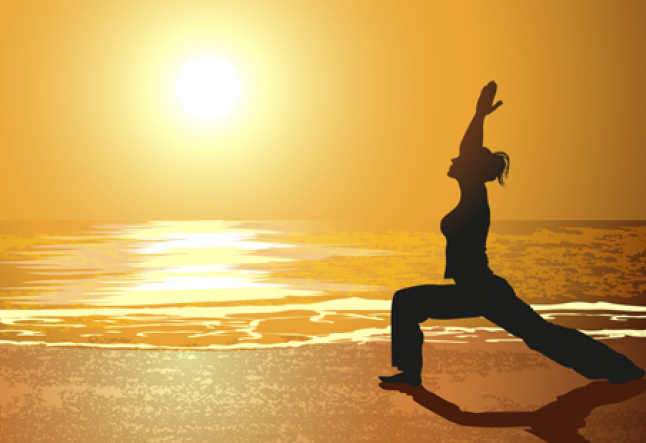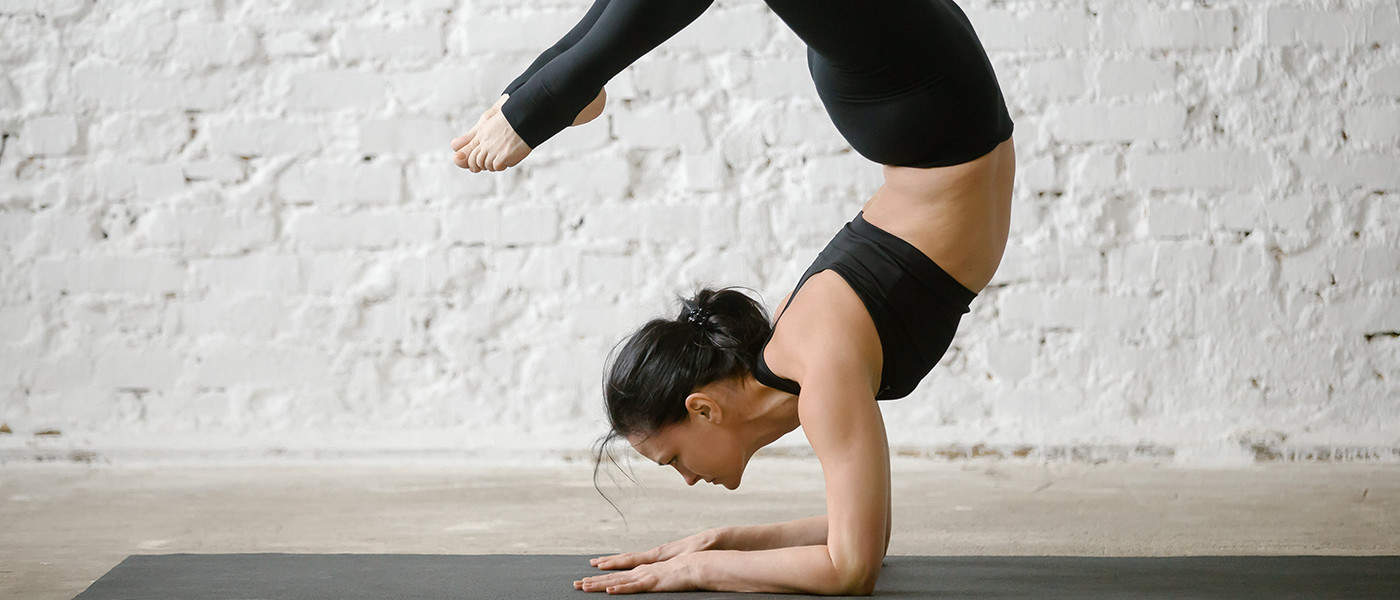vīrabhadra doesn’t mean ‘warrior’!

Once upon a time… when I introduced warrior 3 in one of my classes, at the end of the class a student came up to me and said ‘warrior THREE?? I still can’t do warriors 1 and 2! How many more are there?’ Her concern was reasonable: the three warrior postures – or vīrabhadrāsana – are among the most commonly taught standing postures in yoga. Certainly, warriors 1 and 2 are generally among the first standing postures which a student learns – what if there really were warriors 4, 5 and 6?
Vīrabhadra posture far from warrior
It’s not surprising then, if like me, you simply assumed that ‘vīrabhadra’ was the Sanskrit word for ‘warrior’. After all, the three postures are quite different, even if they are all strong standing postures.
Perhaps (or so I thought) they were intended to represent different warriors, or maybe different qualities of a generic warrior – someone like Arjuna in the Bhagavad Gītā. But no… like many other yoga postures, the vīrabhadrāsanas are named after a mythical person, or, more accurately, a form of a god, Vīrabhadra, a fierce manifestation of Śiva.
It’s not surprising then, if like me, you simply assumed that ‘vīrabhadra’ was the Sanskrit word for ‘warrior’. After all, the three postures are quite different, even if they are all strong standing postures.
Perhaps (or so I thought) they were intended to represent different warriors, or maybe different qualities of a generic warrior – someone like Arjuna in the Bhagavad Gītā. But no… like many other yoga postures, the vīrabhadrāsanas are named after a mythical person, or, more accurately, a form of a god, Vīrabhadra, a fierce manifestation of Śiva.
So who was Vīrabhadra?
An ancient myth which goes back to the Mahābhārata is the myth of Dakṣa. Dakṣa was the son of Brahmā and father of Satī. Satī ended up marrying Śiva, but nothing much has changed when it comes to family gatherings – Dakṣa and Śiva had a falling out at the wedding – so Śiva and Satī retreated to Mount Kailāṣa in the Himalayas.
Dakṣa then arranged a major sacrifice, to which he invited all the gods except Śiva. Śiva wasn’t too fussed about this snub, but Satī was furious. She went in anger to her father’s sacrifice, where she was rebuffed by Dakṣa and, in her rage, committed suicide.
She did this by burning herself, which has become one of the mythical origins of the old Hindu practice of a widow immolating herself on her husband’s funeral pyre. Understandably, Śiva got pretty upset at this point, and took on the terrifying form of Vīrabhadra (or, in some versions, created Vīrabhadra from his own anger).
Vīrabhadra attacked Dakṣa’s sacrifice with hordes of demonic beings and beheaded him (in some versions he also peed the sacrificial fire out). Being a true yogi, Siva’s compassion overrode his anger in the form of Vīrabhadra, so he resuscitated Dakṣa (in some versions of the myth with the head of a goat) and the sacrifice continued with Śiva included.
This myth has a number of different versions in later texts, including one in which Śiva picked up Satī’s corpse and danced wildly around the universe with it, before the other gods, worried that Śiva was dancing the world to destruction, hacked away at Satī’s body.
The places where the parts of Satī’s body are said to have fallen to earth are to this day major sites of pilgrimage and worship. And Vīrabhadrahimself remains a venerated deity, especially in South India.
Finding Śiva in your warriors
So these three postures are more than just generic ‘warrior’ postures – they are the postures of the fierce form of Śiva.
They have the qualities of strength and standing up for what we believe in, but the story also teaches us to be compassionate and perhaps not to act hastily in anger. Maybe there is also a teaching here about respect. Just as Dakṣa failed to respect Śiva, do we sometimes fail to respect the messages from our bodies as we strive for the ‘perfect’ vīrabhadrāsana 1, or struggle with gritted teeth to maintain balance in vīrabhadrāsana 3?
Do we regularly show our inner Vīrabhadra in our practice, when we could use a little more of our inner Śiva?
One of the reasons for learning these postures at the outset of our yoga practice is that, if we don’t respect our bodies and push ourselves too hard into them, the vīrabhadrāsana postures, like Vīrabhadra himself, can come back and attack us with painful backs, knees or other parts.
Unlike Satī’s many body parts, however, our injured knees are unlikely to become a place of devotion and worship! But what I really want to know is, if Śiva could resuscitate Dakṣa, why didn’t’ he resuscitate Satī?
This article is the second in a series of articles considering Sanskrit faux pas in yoga. Check out the first one – It’s not the crow!
Visit our friends at TINT for a detailed description of Warrior 1
About Graham
Graham is a London based yoga teacher, teacher trainer, occasional academic, and Sanskrit geek.
About Jenny: Jenny is the author of Yoga for Travellers, a how to guide for anyone wanting to practice yoga on the road, both on and off the mat. For more information please visit the Yoga for Travellers facebook page.


